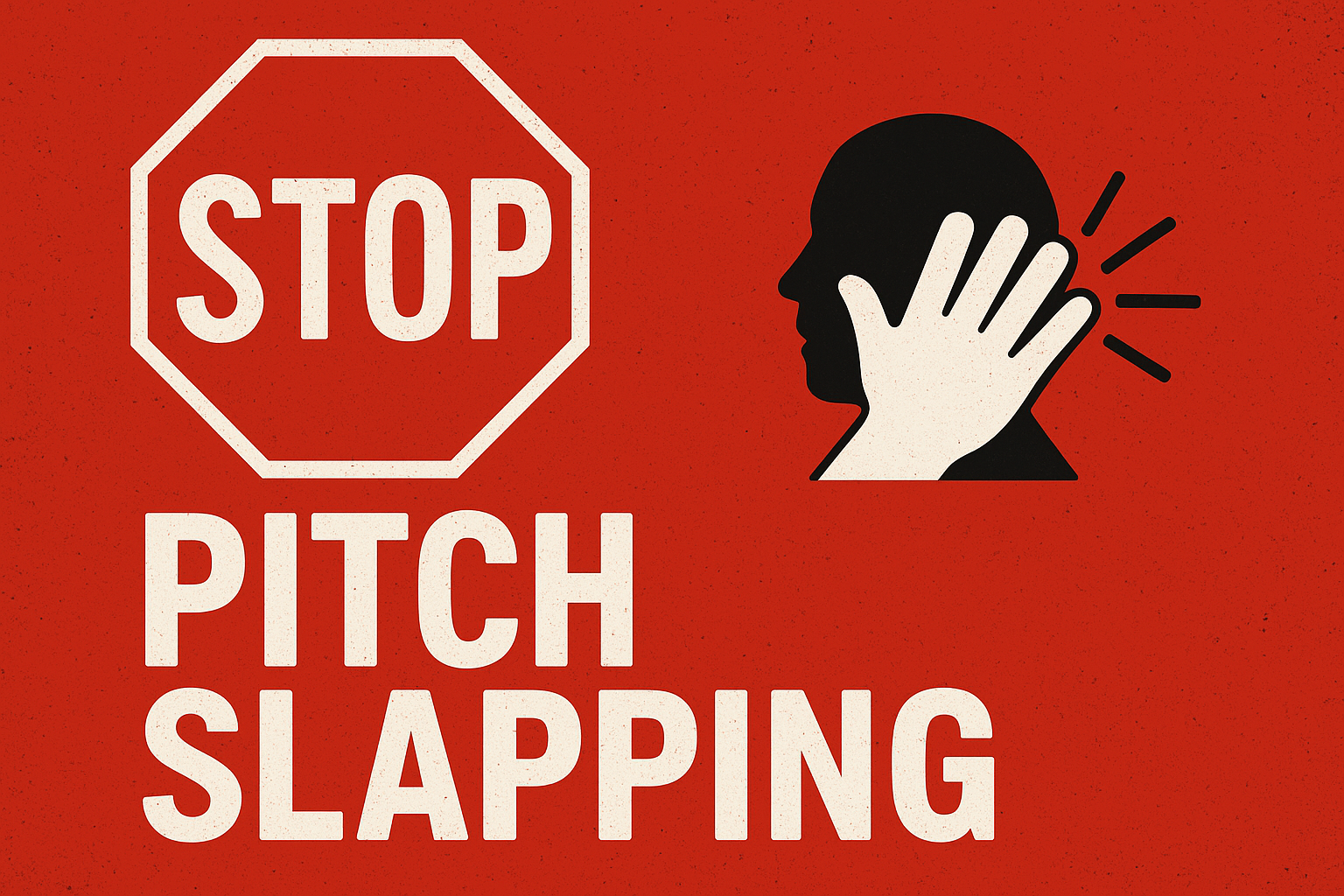
How AI Is Reshaping Revenue Leadership
For years, AI sat on the edge of revenue strategy, a concept tested in isolated projects or pilot programs. Now, with the introduction and popularity of platforms like ChatGPT, Perplexity, and CoPilot, that’s changed. Revenue leaders are using AI to make decisions that shape performance every day.
Organizations have more data than ever. Every call, note, and opportunity record tells a larger story. With the rise of these tools, that story can be interpreted faster and with greater accuracy. AI systems analyze patterns across thousands of touchpoints, revealing where progress slows and where results can improve.
Some companies are still testing AI in small, controlled ways. Others have already built it into how they lead. The difference shows up in how precisely they use data. CROs who apply AI to pinpoint what’s breaking, decide what to address first, and measure the impact are improving execution and leading with stronger evidence.
Set the Goals Before You Pick the Tools
AI only works when the goal is clear.
Before adopting a new platform, CROs need to define success in measurable terms. Align the team around a few critical outcomes—higher win rates, shorter cycles, more accurate forecasts—and identify where current efforts fall short.
Start with the data you already have. Look at where performance has stalled. Is it conversion rates? Deal velocity? Forecast reliability? How consistently are reps capturing buyer signals?
Once you know what needs to improve, connect each outcome to a specific application of AI. If deal quality is inconsistent, use AI to analyze discovery calls. If forecasts keep missing, examine CRM inputs or rep notes for gaps. Every use case should tie back to a performance metric that matters.
The platform shouldn’t define the strategy, the outcomes should.
Find the Problem
Once goals are set, examine where the sales process fails to support them.
Are handoffs slipping? Are late-stage deals shrinking or disappearing? Are managers stepping in after it’s too late?
AI helps surface these points. It pulls together activity logs, call recordings, and CRM updates to show where progress stops. Leaders get a clearer view of what’s happening and when intervention is needed.
You’ll see what’s breaking, where it’s breaking, and how often it happens.
Choose What to Fix First
Not every issue needs immediate attention. Focus on the ones that cost the most.
AI can rank problems by impact, showing which breakdowns appear most often and where revenue is being lost. Maybe it’s poor qualification. Maybe it’s inconsistent follow-up. Maybe reps keep misjudging deal strength.
Start there. Solve one problem. Prove it’s working. Then move to the next.
You’ll avoid spreading effort too thin, and teams will see progress quickly enough to buy into the change.
Build the Fix Into Daily Work
Identifying the issue is the easy part. Changing how the team works takes more effort.
Pick one area to address: qualification, follow-up, or handoffs and define what good looks like. Then use AI to flag when those behaviors are missing. Incomplete notes. No next steps. Late-stage surprises.
This only works if the feedback shows up where work happens. In the CRM. During deal reviews. In manager check-ins. Not buried in reports no one reads.
Turn the fix into a habit. Make it part of the process.
Measure What’s Working
Once you’ve made changes, pay attention to how things shift. You’ll start to notice patterns, deal notes getting more detailed during discovery calls, reps logging follow-ups the same day instead of three days later, fewer deals dying unexpectedly in the final stages. Those are your breadcrumbs. If you’re seeing them, great. If not, something still needs adjusting.
Keep your metrics simple and tied to whatever you were trying to fix in the first place. Trying to improve qualification? Track win rates and how deals move through each stage. Working on forecast accuracy? Watch where deals are falling off and whether your pipeline coverage holds up. Don’t build some elaborate dashboard with twenty widgets, you just need enough information to tell whether things are getting better.
Consistent tracking does two things. It shows whether your new processes are sticking or if your team needs more support. And it gives managers concrete things to coach on, while helping leadership spot problems early instead of scrambling when the quarter’s already halfway gone.
Lead With Precision
AI gives leaders a way to act sooner and with more confidence. It shows what’s working, what’s not, and where to focus attention before results slip.
Strong CROs don’t wait for perfect systems. They start with real problems, define success in clear terms, and use data to improve how their teams perform.
The advantage isn’t in the tools themselves—it’s in how they’re used to guide decisions, tighten execution, and build consistency across the team.
































